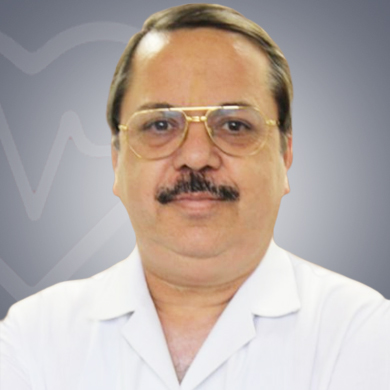
Gynaecologist & Infertility Specialist
Delhi, Indiaof experience
Speaks: English
Dr. Brigadier R.K. Sharma is one of the finest infertility specialists in India. He has more than 30 years of clinical experience and has brought the joy of parenthood to thousands of families. He is currently working as consultant at Maa Fertility Clinic, Janakpuri, New Delhi. The doctor is available only from 10:00 AM to 5:00 PM (IST). He has also been associated as Head of the Department at Command Hospital (Southern Command) AFMC Pune & Army Hospital (R&R) Delhi. Dr. Sharma had completed his MBBS from Pune University in the year 1981. Later, in 1989, he completed MD in Obstetrics & Gynecology from Pune University. In the year 1995, he had undergone training in IVF at Bombay Hospital. Apart from the clinical field, Dr. Sharma is also very much active in the education field. He is the supervisor for Ph.D. in reproductive medicine and is the examiner for the UPSC board. He is the examiner for Post-Doctoral fellowship in Reproductive Medicine DNB India and is also an advisor to many ART programs of Government Medical College & Pvt. Institutes in India.
Dr. R.K. Sharma is an expert in handling complex infertility cases. He has the experience of performing more than 15000 IVF cases with a high success rate. He established the IVF centers at Army Hospital R&R and Command Hospital (Southern Command) Pune. His area of interest includes IVF, gynecology and obstetrics, and endoscopy. He is involved in developing protocols and guidelines for IVF processes in India. He has delivered several lectures and presentations on various aspects of infertility. He had attended several conferences nationally and internationally and is the reviewer of various national and international journals. Dr. Sharma is an esteemed member of various organizations such as the Endoscopy Society of India, ISAR, and Federation of Obstetric and Gynecological Societies of India (FOGSI).

Share Your Experience about Dr. (Brig) R K Sharma
